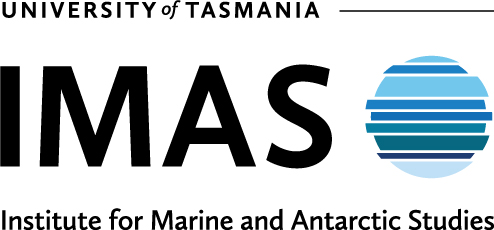The commercial harvesters catching Octopus operate within the Tasmanian Scalefish Fishery.
Assessment of workforce indicators is undertaken at fishery level. The data provided here is for the Tasmanian Scalefish Fishery as a whole, which includes harvesting activity for this species as well as all other species caught in this fishery.
Tasmania’s commercial fishing industry workforce is defined as those people engaged in economic activity (work) within the sector across or at a given time, either in paid employment or self-employment. For fisheries this includes skippers and crew employed as sub-contractors and paid on a share of catch arrangement. It can include people engaged in unpaid work undertaken as part of these activities, although this has not been included in this assessment.
Monitoring workforce changes is important because these changes indicate changes in social and economic benefits at a statewide and regional community level. Factors which affect workforce size include the extent to which a policy of maximizing technical efficiency is pursued through management, which typically reduces the fleet size and therefore the number of people employed. Other factors include the level of stock availability and access, the cost of entry into the fishery, and the financial profitability of fishing. Because of these factors, many fishers are engaged in employment in multiple fisheries or other marine sectors in order to supplement fishing incomes and pursue full-time employment.
Workforce Indicators
The number of harvest units (combination of licensed vessel and fishing entitlement) active in a fleet and the number of people who actively harvest fish as supervisors (skippers) in a commercial fishery are directly linked to the size of the workforce in each fishery. In many cases, multiple supervisors may be linked to the same harvest unit, so the number of supervisors is often higher.
Workforce size (the total number of people directly employed) includes both skippers and crew, and those employed full time and part time.
The number of Full Time Equivalent (FTE) positions in each fishery is also estimated. This indicator shows that while a higher number of people may be employed in a fishery, some of these jobs may be part-time. Therefore, the number of FTEs is typically lower than the number of people in the workforce.
Measuring this Indicator
The number of harvest units active in a fleet and the number of people engaged as supervisors (skippers) in a fishery is based on data IMAS extracts from the Department of Natural Resources and Environment (NRE Tas) Fisheries Licensing records.
Workforce size (the total number of people directly employed) is measured by adjusting the number of active harvest units (for example, fishing vessels) by the average number of people (skippers and crew) employed per harvest unit in that fishery. This information is obtained from social and economic industry surveys undertaken by IMAS.
Workforce data is collected every five years by the Australian Bureau of Statistics through its Census of Population and Housing. However, the classification used for industry of occupation (ANZSIC 2006) generates data that is insufficiently fine-scale for the Tasmanian fishing industry, hence Census data is not reported in this assessment.
The number of Full Time Equivalent (FTE) positions in each fishery is an estimate also based on information from social and economic industry surveys undertaken by IMAS, as well as effort data collected by NRE Tas and other independent sources to determine the average number of days/hours fished per harvest unit. This was compared to a standard 37.5 hour working week.
For more detail, see the latest IMAS Economic and Social Assessment of Tasmanian Fisheries and Aquaculture.



